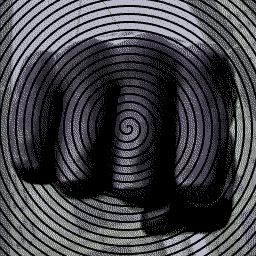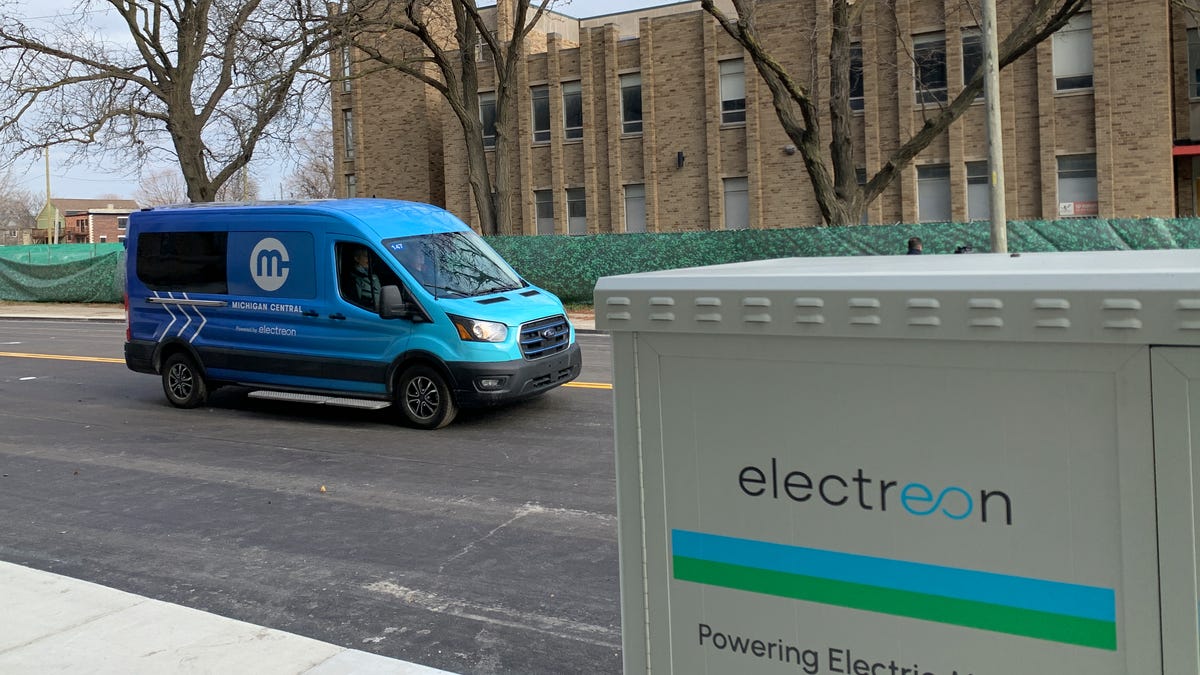- cross-posted to:
- detroit
- cross-posted to:
- detroit
The Michigan Transportation Department and city of Detroit on Wednesday opened the segment on 14th Street between Marantette and Dalzelle streets near Michigan Central Station, where Ford Motor Co. is building an electric- and autonomous-vehicle campus. The road is equipped with inductive-charging coils from Israel-based Electreon Wireless Ltd. to test the technology’s efficiency and potential for public transportation opportunities. Only EVs equipped with a special receiver can be charged from it.
Gov. Gretchen Whitmer in September 2021 announced a pilot initiative to develop the nation’s first wireless charging infrastructure on a public road in Michigan. MDOT and Electreon have a five-year agreement to develop an electric-road system to test the technology in the state, including 1 mile in Corktown.
The electric road is safe for drivers, pedestrians and wildlife, according to the project leaders. There are two Electreon static inductive charging stations in front of the Michigan Central Building, which is different from the former train station. The stations can charge parked EVs equipped with receivers.



If you’re talking about “plug-in-and-go”-chargers, which can use any outlet, then yes.
However, a dual, or tri-phase charger can still be installed at home, doubling or tripleing the hypothetical loading potential.
Now, I haven’t yet seen triple-phase chargers at homes yet, but dual-phase are increasingly common.
^(Footnote: I started writing this thinking it could not be true and to prove you wrong, but you were correct for the plug-in chargers, which I didn’t expect. Thanks for re-acquainting me with these kinds of maths again, nonetheless 🙂)
Edit: added mph to all km/h calculations, typo